Parts and Function of a Plant Cell
1/14
There's no tags or description
Looks like no tags are added yet.
Name | Mastery | Learn | Test | Matching | Spaced |
|---|
No study sessions yet.
15 Terms
Cell Membrane
it is a barrier keeping the constituents of the cell and unwanted substances out, and allows transport
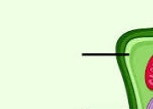
Amyloplast
synthesizes and stores starch

Raphide Crystals
stores calcium, sequester heavy metals, protect against herbivory and possible programmed cell death

Vacuole
it is a big storage space for water, food, and waste
much bigger than in animal cells

Chloroplast
it is responsible for photosynthesis, converts light energy, water, and carbon dioxide into chemical energy in the form of glucose (food) and oxygen
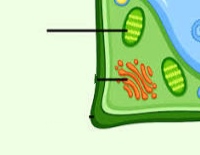
Golgi apparatus
modifies, packages, and transports proteins and lipids. It also makes cell wall materials like pectin and polysaccharides

Cell Wall
gives shape, support, and protection. It is mainly made of cellulose and helps prevent the cell from bursting when water enters

Cytoplasm
jelly-like fluid inside the cell where organelles are found. It supports them and it is the site for many chemical reactions
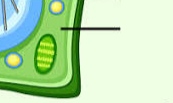
Druse Crystal
it is a star-shaped crystals of calcium oxalate. It functions as protection, as they can deter herbivores from eating the plant
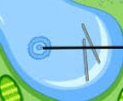
Mitochondrion
it produces energy in the form of ATP through cellular respiration

Endoplasmic Reticulum
it transports materials within the cell

Nucleus
it controls all cell activities and stores DNA.
It acts as the “brain” of the cell, directing growth, metabolism, and reproduction
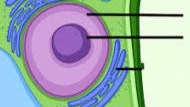
Nucleolus
it is found inside the nucleus
it makes ribosomes, which are needed for protein synthesis
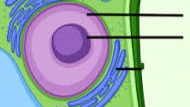
Peroxisome
these are organelles that breaks down fatty acids and detoxifies harmful substances, aand also helps with photorespiration

Ribosomes
it is the site of protein syntheis
it makes proteins by linking amino acids together
